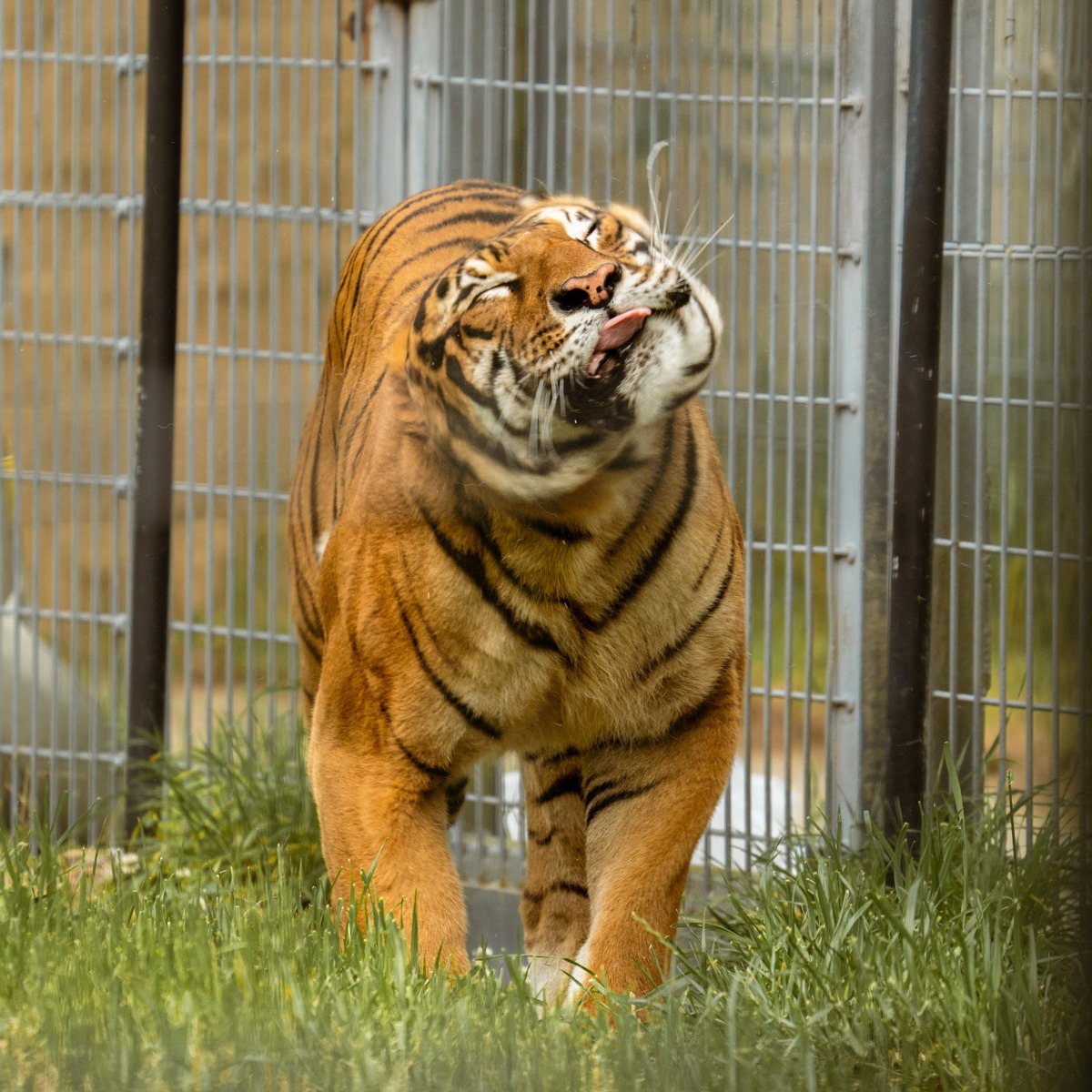- The origins and rise of Tongue-Out Tuesday in animal and social media culture.
- The significance of canine and animal facial expressions in animal behavior studies.
- The role of zoos and sanctuaries in animal welfare and conservation.
- Community engagement through initiatives linked to animal appreciation events.
- The implications of social media trends on wildlife conservation efforts.
Tongue-Out Tuesday has emerged as a quirky social media trend, captivating audiences with images of animals sticking out their tongues. This delightful phenomenon has transcended simple entertainment; it has brought attention to the fascinating world of animal behavior, welfare, and conservation. Understanding the origins and impact of Tongue-Out Tuesday can enhance our appreciation for wildlife while promoting responsible pet ownership and conservation efforts.
The trend originated within social media platforms, where pet owners began sharing playful pictures of their dogs exhibiting the "tongue out" look. The charm of these images quickly caught on, resulting in a viral phenomenon spanning various species, from household pets to wild animals in sanctuaries and zoos. Capturing moments of joy and spontaneity fosters a sense of connection between humans and animals. As Tongue-Out Tuesday gained traction, its impact extended beyond simple amusement. The trend provided a unique platform for advocates to emphasize the importance of animal welfare and conservation.
Facial expressions, including the notable tongue-out posture, play a vital role in understanding the behavior of animals. In domestic dogs, for instance, sticking out the tongue is often associated with relaxation and happiness. Canine experts have found that dogs use their facial habits to communicate their emotional states. Similarly, other animals express various emotions through their facial cues. Research in animal behavior emphasizes the importance of these non-verbal signals in social interactions among species, underscoring their relevance in understanding emotions and behaviors.
Wildlife management practices at zoos and sanctuaries leverage knowledge of animal behavior, including facial expressions. These institutions create environments where animals can exhibit their natural behaviors, enhancing their welfare. Enrichment activities, designed to stimulate animals mentally and physically, often result in behaviors that might be captured in a Tongue-Out Tuesday photo. For example, a well-structured enrichment program can lead to playful, relaxed postures, creating visual connections for audiences.
Zoos and sanctuaries play a crucial role in wildlife conservation by providing breeding programs, rehabilitation, and education. Many organizations emphasize species preservation, and their efforts are often highlighted through social media trends like Tongue-Out Tuesday. By engaging audiences with captivating animal images, these institutions can promote awareness and support for various conservation initiatives.
Community involvement is vital in the success of campaigns related to animal appreciation events. Through platforms that facilitate engagement—like social media—individuals can share personal stories and experiences, joining a broader conservation conversation. Initiatives associated with Tongue-Out Tuesday allow pet owners and wildlife enthusiasts to participate actively in discussions about animal welfare, responsible ownership, and environmental stewardship.
Moreover, social media trends have significant implications for wildlife conservation efforts. By showcasing the playful side of animals, campaigns can inspire audiences to learn more about habitats, threats, and conservation programs. Organizations leverage the popularity of trends like Tongue-Out Tuesday to divert attention toward pressing ecological concerns and foster meaningful connections.
In addition to creating joy, Tongue-Out Tuesday serves as a reminder of the responsibilities associated with pet ownership and animal conservation. The visual appeal of animals can lead to discussions about the importance of adopting pets from shelters, fostering responsible breeding practices, and addressing the truth of wildlife trafficking.
Fostering a sense of community through social media can spark interest in conservation programs and initiatives. When participants share photos and experiences under a common hashtag, they build a network of individuals dedicated to enhancing animal welfare. This communal effort can be harnessed to raise funds or awareness for educational events, giving every participant a stake in the broader mission of wildlife conservation.
When examining the relevance of Tongue-Out Tuesday, it becomes clear how a simple trend can bridge the gap between amusement and advocacy. By capturing the joy animals bring to our lives, these images can transform perceptions and encourage positive actions. Social media, when utilized effectively, becomes a tool for enlightenment, making it easier for organizations and individuals to address serious issues in wildlife conservation.
As people engage with content related to this trend, they become more attuned to animal welfare issues. This heightened awareness can lead to a greater commitment to supporting zoos and sanctuaries, adopting rescue animals, and advocating for policies that protect wildlife and their habitats. The ripple effects of Tongue-Out Tuesday may extend well beyond the screen, instigating actionable changes in attitudes and behaviors.
The relationship between humans and animals transcends mere companionship. Platforms that highlight these connections allow individuals to celebrate the joy animals bring while also fostering an appreciation for biodiversity on our planet. Even small gestures, like sharing an amusing picture of a dog with its tongue hanging out, can plant the seeds of curiosity about broader ecological challenges.
Integrating educational content within the context of a social media trend allows for a richer experience. By connecting animal behavior to specific initiates, audiences can better grasp the complexities of wildlife and conservation. This synergy enhances public understanding and showcases the inherent value of animal welfare and responsible stewardship.
The impact of Tongue-Out Tuesday is evident as discussions grow around animal welfare and conservation. In a world often preoccupied with serious issues, having a lighthearted day dedicated to animal antics fosters much-needed joy. However, it also opens up crucial dialogues about the conservation of species and their natural habitats by connecting emotion with engagement.
By highlighting the playful nature of animals, Tongue-Out Tuesday strengthens the bonds between humans and wildlife. This connection can influence attitudes and compel action to protect the animal kingdom from threats. As individuals explore their love for these animals through social media, they cannot help but consider their responsibilities toward their well-being and the preservation of their habitats.
Various institutions have identified the growing trend, using it as an opportunity to promote workshops, training, and programs centered around animal care and welfare. These initiatives often focus on educating the public about the needs of particular species, dispelling misconceptions, and providing the tools necessary to foster empathy toward animals.
In summary, the rise of Tongue-Out Tuesday illustrates how seemingly lighthearted trends can engage individuals in more serious discussions about animal welfare and conservation. As awareness grows, so does the collective understanding of the vital role each individual plays in fostering positive change. Animal lovers around the globe are encouraged to embrace the spirit of Tongue-Out Tuesday, celebrating the joy of animals while advocating for their protection and the preservation of their habitats. The images shared on this joyful day can serve as powerful tools for education and engagement, potentially reshaping our approach to wildlife conservation for years to come.
*****
Source Description
This might be our new favorite trend: Tongue-Out Tuesday! 😛


